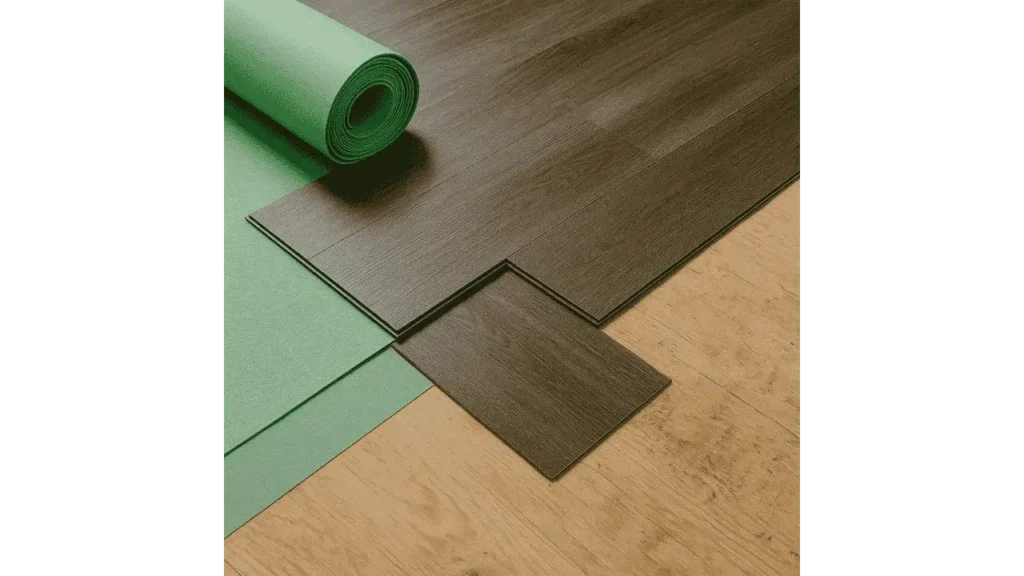Deciding whether you need underlayment for vinyl plank flooring can be confusing. I’ve seen many homeowners wonder if it’s worth the extra effort and cost. In my experience, it often depends on your subfloor type and the specific vinyl plank product you choose. Let’s break down when underlayment is necessary and how it can make a difference.

What Is Underlayment?
Underlayment is a thin material placed between the subfloor and vinyl plank flooring. It provides cushioning, sound absorption, and moisture resistance, making the flooring more comfortable and long-lasting. It also helps compensate for minor subfloor imperfections and enhances the floor’s stability, contributing to a longer lifespan and better performance overall.
Types of Underlayment
Different types of underlayment offer various benefits. Foam underlayment provides softness, cork offers eco-friendly noise reduction, and felt adds insulation and warmth.
How to Determine If You Need Underlayment?
Check the condition of your subfloor and the features of your vinyl flooring. If your vinyl planks come with pre-attached underlayment, you might not need an extra layer. However, if the subfloor has imperfections or you’re concerned about moisture, adding underlayment is a smart move.
“Underlayment can make a noticeable difference in comfort and longevity,” says Mark Johnson, a flooring contractor with over 20 years of experience.
Subfloor Considerations
For concrete subfloors, moisture barriers in the underlayment are crucial to prevent water damage. Plywood subfloors benefit from underlayment to smooth out imperfections and reduce noise. If installed over existing flooring, underlayment can help create a level surface and reduce shifting.
How to Install Underlayment?
Start with a clean, dry subfloor. Roll out the underlayment, ensuring full coverage without overlaps or gaps. Secure seams with adhesive strips or tape, and trim excess material to fit snugly around walls and fixtures.
Practical Tips
Always follow the manufacturer’s guidelines. Pay attention to seam alignment and use proper tools for cutting and securing the underlayment. Additionally, make sure to inspect each roll for defects before use and ensure the edges of each strip align perfectly to avoid unevenness.
“Proper underlayment installation sets the stage for a smooth flooring project,” advises Laura Evans, a professional flooring installer from Chicago.
Where to Buy Underlayment?
Vinyl plank flooring underlayment is widely available at home improvement stores and online. Many manufacturers offer products designed for specific flooring types, so take the time to compare features and prices to find the best fit for your project. When comparing options, consider factors such as moisture resistance, sound reduction properties, thickness, and ease of installation to choose the one that best meets your needs.
Learn More: How to Stagger Vinyl Plank Flooring?
Conclusion
Whether or not you need underlayment for vinyl plank flooring depends on your subfloor and the vinyl product you choose. Underlayment offers benefits like moisture protection, soundproofing, and added comfort. By selecting the right type and installing it properly, you can ensure a durable and comfortable floor that stands the test of time.
